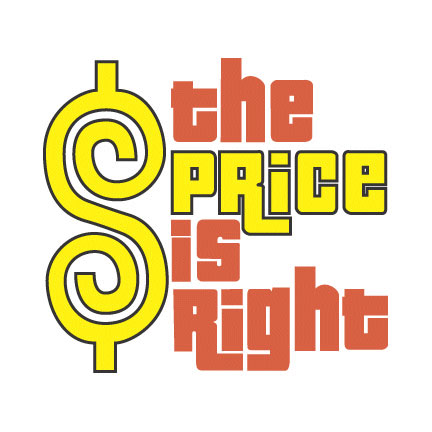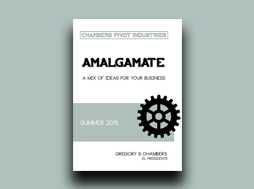Into the Mailbag – A Pricing Question
Into the Mailbag – A Pricing Question

It’s a Price Thing
It’s been a while since I dug into the mailbag looking for a trend. So while the house is quiet, let me bring up a topic that’s incredibly consistent. Pricing.
From the freelancer looking for advice on hourly rate to the vendor quoting a price that ends on a high note (“$1,800?”) price is a popular topic. To be fair, what I’m about to jump into is a high level guide to thinking about value versus some scientific treatisie on determining what something’s worth. Use this mailbag response as something to think about going forward as well as something to reminisce on for past deals.
Here’s version 1 of the question:
Hey Greg
Hope you’re well and had a great rest of the week and weekend!
So I’ve been continuing to think through what we’ve been talking about and high level, what could I could charge for the service we talked about?
I’m trying to set a target.
…
It’s such a great topic. Here’s where I went with it.
Think of pricing as a function of value. The more value you provide, the more a company will pay for it.
So start with what you want to bring in either on a monthly or yearly basis, add in your taxes and expenses (I used 30 pts to start but find it to be lower) and take that number times 10.
Example:
I want $5K a month after tax
That’s around $7K pre tax
With a cost of “business” of 30pts I need to collect $10K a month – so in order to find $10k a month, I want to identify $100,000 in “value” each month.You’re thinking, “I get the math Greg, but what do I charge?”
You go out and describe your offering at a high level, then start asking questions to figure out what the company is looking for and questions about what the value is to them. The important part is the “to them.”
You’re listening for tangible value and intangible value. Tangible is usually hard numbers – sales/costs/time – and intangible is all the other stuff like pride, teamwork, employee satisfaction etc.
When they bring up tangibles, you question to quantify, and when the bring up intangibles you question to solidify. All the time you make notes and mentally calculate where you are in the value equation.
You should start to see a rough value show up in your brain – even if it’s just “this is worth more than or less than $100K” because that value determines the number of clients you’re looking for. A million dollar value is probably 8-10 months of work from a single client. A $10k value requires you to find 10 of those $10K problems from clients to bill enough for the month.
Am I answering your question?
To the unasked question: what do you say when people ask what you charge?
I have a lot of language that I use based on when they ask, but in general the answers follow this formula:
– each case is unique
– in general people looking for X can expect to spend YSo, someone says “how much to come in and talk to my executive staff?” and I have no idea what their value is because it’s a referral.
“John, each situation Is unique based on what you want to get from that hour, but in general a one hour boardroom presentation where they’re after a new insight might invest $1000 but another company that wants to get a deep look into the inner workings of the lead generation best practices from the firms I’ve been working with would invest 6-7 times that. What is it you’re team is trying to get done? Why do you want to bring someone in?”
It’s rough, but break it down. I told him each situation was unique and then I gave him a range so he could anchor a value. My goal is to be helpful without being evasive in answering the question. But ultimately I tried to get back on track by talking about “why bother doing this at all?”
That’s a long winded reply, so let’s pick out the best parts.
1. Solutions get their value from the problems they solve. Mahan Khalsa was the first to open my eyes to that fact. You need to understand the nature of the problem before you can accurately price your solution.
2. Aim to provide 10 times the value of the price you are charging. Robert Reighter, my old bike shop boss gave me that one. If you can bring in 10x more value than you take out, you’re adding value.
3. What has happened, will happen. I can’t remember who paraphrased that “history repeats” quote but it’s great. Be prepared, when you’re trying to understand problems, the people you’re communicating with are going to have a finite number of responses. Be ready with strategies to move the conversation along.
We’ll cover this topic again. Promise.
Good stuff.
Greg Chambers is Chambers Pivot Industries. Learn more about designing sales & marketing tactics that fit on Twitter and LinkedIn.
Subscribe for bi-weekly updates in your inbox:
</div class=alert”>
OR Get a Copy of AMALGAMATE Mailed to You

A MIX OF IDEAS IN A BOOKLET
